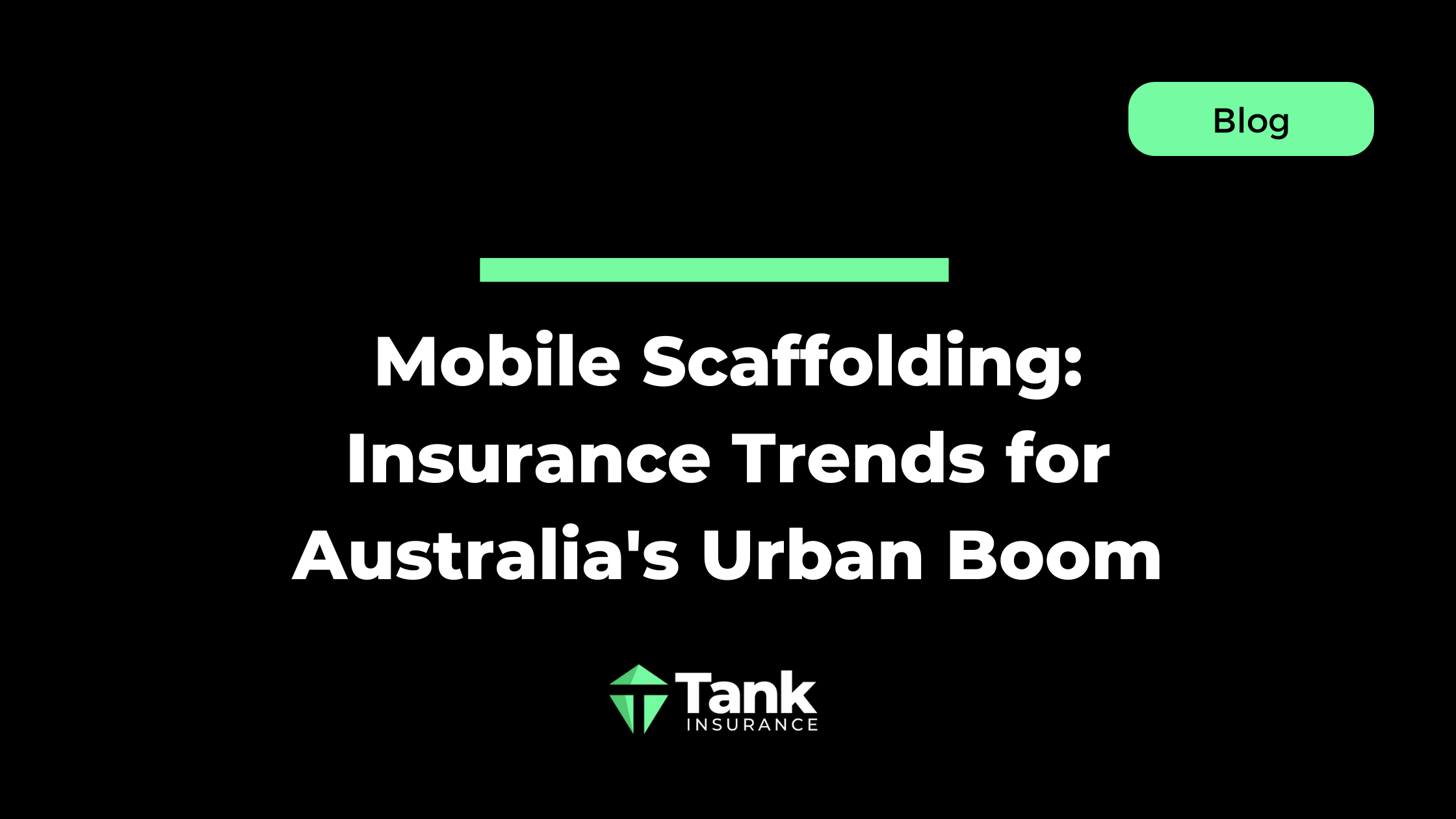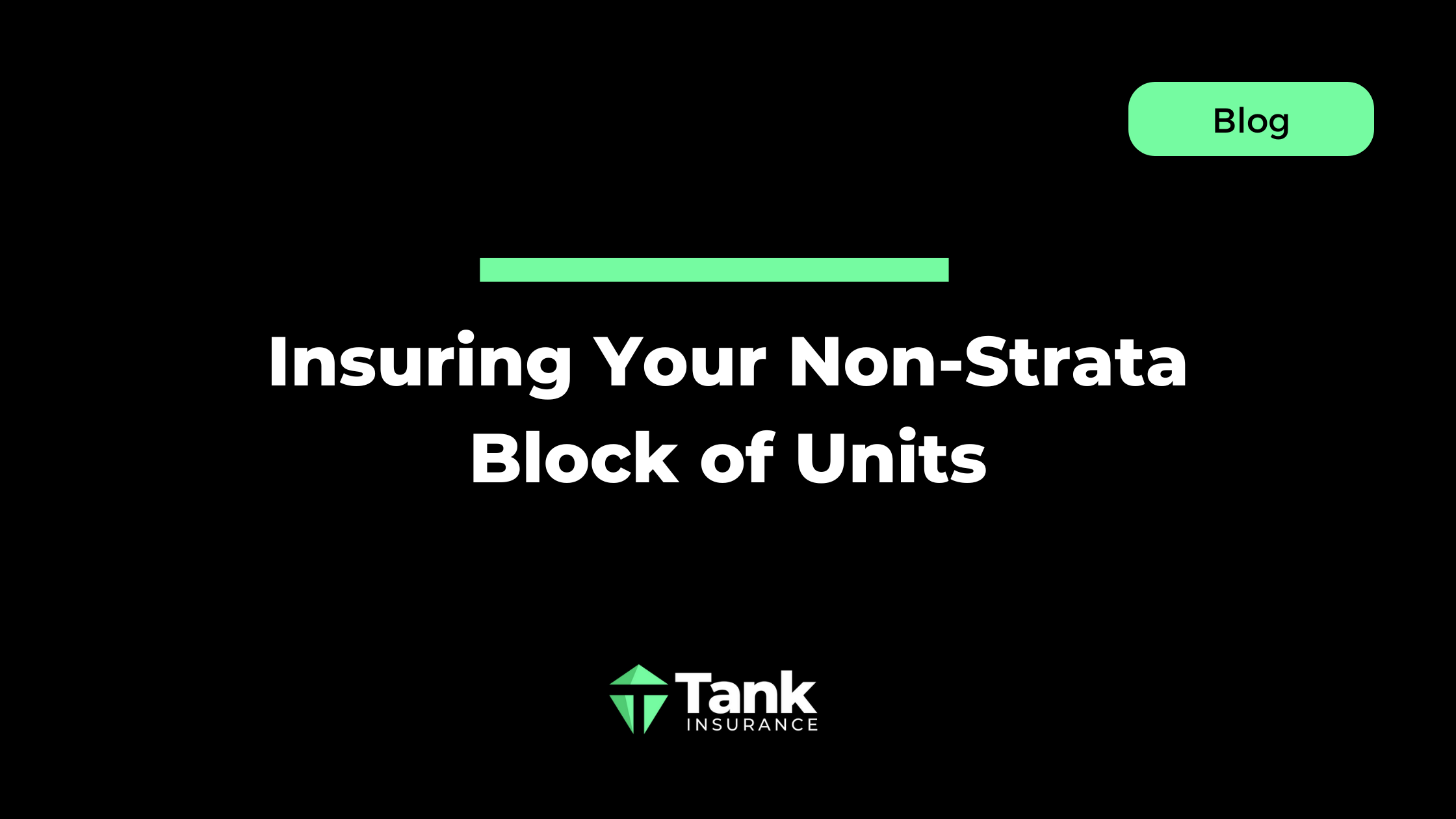Avoiding Fines and Project Shutdowns
What if your construction team is midway through a tight deadline when SafeWork inspectors turn up unannounced, then a quick look at the scaffolding reveals a missing tie or an overdue inspection tag?
Suddenly, work stops, fines stack up and your project's timeline unravels.
It's a scenario that's all too common: scaffolding fines hit you and you face enforcement actions related to high-risk construction work.
That’s why if you're a business owner, site manager or even just dipping your toes into construction projects, staying on top of scaffolding safety and securing the right Scaffolding Insurance are essential for keeping operations running smoothly.
Want to know more? Take a look at this practical scaffolding safety checklist you can use right away.

Your Legal Duties as a Person Conducting a Business or Undertaking (PCBU)
Under Australia's Work Health and Safety (WHS) Act, if you're running a construction site or hiring tradies, you're likely a PCBU.
That means you hold the primary responsibility for keeping everyone safe, be it workers, visitors and even passersby.
The law doesn't mess around: you must ensure, so far as is reasonably practicable, that no one faces health and safety risks from the work being done.
Here's what that looks like in practice:
- Provide a Safe Workplace: This includes stable structures like scaffolding that won't collapse or tip over.
- Safe Tool and Equipment: Scaffolds must be designed, built and maintained by qualified people. There should be no shortcuts.
- Adequate Training and Supervision: Everyone using the scaffold needs to know the rules, from basic access to emergency procedures.
- Health Monitoring and Consultation: Regularly check in with your team about risks and involve them in safety decisions.
- Emergency Planning: Have clear procedures for rescues or evacuations in case something goes wrong.
These duties apply whether you're a sole trader or managing a multi-storey build.
Ignoring them can be a direct path to those scaffolding fines that can cripple your cash flow.
The Cost of Non-Compliance
Let's talk numbers because nothing drives home the importance of compliance like the bottom line.
In NSW, WHS breaches tied to scaffolding, think faulty bracing or unlicensed erection, can trigger immediate stop-work orders, halting your project for days or weeks.
And the fines? They've climbed sharply with the 2025 updates to the WHS Regulation.
Here's a snapshot of maximum penalties for common scaffolding-related offences:
- Category 1 (Reckless Conduct Endangering a Person): Up to $11,839,000 for corporations; $2,368,000 (for persons conducting a business/undertaking or officers) and $1,183,000 (for other individuals).
- Category 2 (Failure of Primary Duty of Care): Up to $2,373,000 for corporations; up to $475,000 (for persons conducting a business/undertaking or officers) or $237,000 (for other individuals)
- Category 3 (Less Serious Breaches (e.g., Inadequate Inspections)): Up to $795,000 for corporations; $159,000 (for persons conducting a business/undertaking or officers) or $79,000 (for other individuals).
- On-The-Spot Fines for Minor Issues (e.g., No SWMS or Missing Tags): $1,200 to $3,600 per offence, with repeats adding up fast, particularly in NSW.
The Key Role of a Safe Work Method Statement (SWMS) in High-Risk Scaffolding Work
If your project involves scaffolding where someone could fall more than 2 metres, or any other high-risk construction activity, a SWMS is mandatory under the WHS Regulation.
This document outlines the hazards, risks and controls specific to your job, acting as your roadmap to safe execution.
For scaffolding, SWMS must cover:
- Hazard Identification: Things such as unstable bases, overhead powerlines or weather impacts.
- Risk Assessment: How likely is a fall and what's the potential harm?
- Control Measures: Step-by-step plans for erection, use, dismantling and inspections.
- Resources and Responsibilities: Who does what, including training for licensed scaffolders.
- Review Process: Update it if conditions change (e.g., after storms or site alterations).
Keep the SWMS on site, accessible to everyone involved and review it before starting.
It's your proof of due diligence if inspectors come knocking and it can prevent those scaffolding fines altogether.
Pro Tip: Templates from SafeWork Australia make this straightforward but tailor it to your setup.
Your Essential Scaffolding Safety Checklist
You can use this comprehensive scaffolding safety checklist for handover inspections, weekly checks or pre-shift routines.
Tick off each item to ensure your modular or mobile scaffolds are compliant and ready.
General Pre-Use Checks (Applies to All Scaffolds)
- Confirm the scaffold is designed by a qualified engineer, with drawings and load ratings on site.
- Verify a handover certificate from a competent person, issued before first use, after repairs, post-weather events or every 30 days.
- Ensure the certificate includes details such as load limits, inspection dates and any restrictions. Keep it displayed until dismantling.
- Check for safeguards against overhead powerlines (consult your network provider for safe distances).
Modular Scaffold Specifics
- Foundations are solid with sole boards under base plates on soft ground.
- Vehicular barriers protect the scaffold from traffic where needed.
- Ladder access includes edge protection or a hatch to prevent falls into voids.
- Ties are installed per design specs, anchored to at least two standards, and suitable for the load.
- Face bracing is complete and correctly positioned.
- Guardrails, mid-rails and toeboards/kickboards are fitted on all open edges.
- Platforms are fully planked with secure lap boards and hop-up tie bars.
- Decks are every 2 to 3 metres vertically, with safe, clear access and no clutter.
- Loads (people and materials) stay under the rated capacity.
- Containment sheeting or netting is in place if required, with wind loads factored into the design.
- After inspections, unsafe areas are tagged off and repaired by a licensed scaffolder.
- Secure the site from unauthorised access outside hours.
Mobile Scaffold Specifics
- Work area is clear of trip hazards like cables or holes.
- Base is on firm, level ground (use boards on uneven surfaces).
- Bracing includes plan braces at the base, with all components correctly installed.
- Castor wheels lock securely and function properly.
- Full guardrails, mid-rails and toeboards for heights over 2 metres.
- Platforms don't exceed height limits.
- Horizontal braces are hooked outward to prevent dislodging.
- Ladder is secured and provides stable access.
- Decks are fully planked with no splits or overhangs.
Run through this list regularly, and document everything. It’s best to build a culture where safety is second nature.
Compliance is Step One, Protection is the Next
Getting your scaffolding safety checklist in order is a smart move to sidestep fines and keep projects on track.
But here's the reality: even the most diligent sites can face unexpected incidents.
That's where we come in at Tank Insurance. As your Sydney insurance brokerage, our team of experts can help you in finding the right coverage to protect your business from the financial fallout of claims or disruptions.
Ready to chat? You can send us a message via team@tankinsurance.com.au or give us a call at 02 9000 1155l. Let's make sure your builds stay strong, on budget and worry-free.



